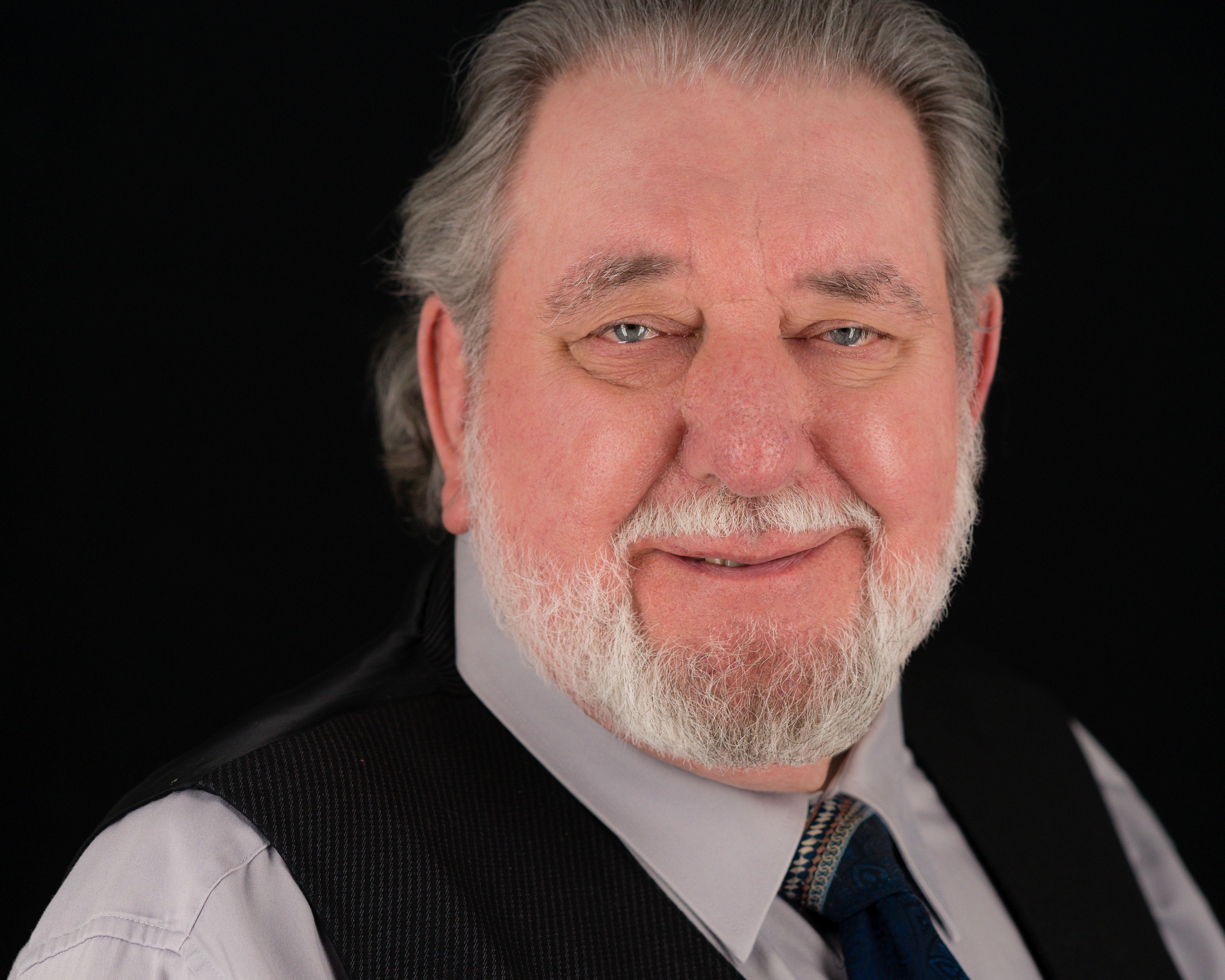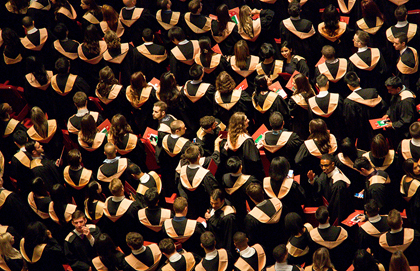What is Ontario going to do about its private schools? The need for a serious policy review has been growing since June 1984 when then-premier William Davis rose in the legislature to announce funding for the province's Roman Catholic high schools, which, for over a century, had been operating as private schools. In his announcement, Davis acknowledged that his decision "legitimately raises questions about the place of independent schools in our province" and announced a commission to "document and comment on the role of private schools" and comment on the desirability of public funding and possible alternative forms of governance for such schools, according to a 1985 report by Commissioner Bernard J. Shapiro for the Ministry of Education.
Commissioner Shapiro's report did a fine job of addressing those issues in the context of the times, but there was little appetite for entertaining — still less implementing — his recommendations following the unpleasantness attendant on the implementation of Davis' announcement. What discussion there was primarily revolved around Shapiro's plan for private schools to negotiate agreements with public boards to share board services and provincial funding, much as has been the case in Saskatchewan since the mid-1980s.1 Since then, funding for Ontario's private schools has been considered and rejected in several court cases, an embarrassing private petition to the United Nations and two subsequent political initiatives: the Harris-Eves tax credit, introduced in 2001 and retroactively repealed by the successor Liberal government in 2003, and John Tory's 2007 election proposal to fund faith-based schools under a version of Shapiro's associate school model. Each stimulated its own particular paroxysm of political infighting, which pre-empted serious consideration of the policy issues abandoned in the wasteland between the dug-in positions of combatants. Ontario, it seems, has been content to perpetuate the laissez-faire policy towards private schools that it has followed for over a century.
This is curious given the massive changes that have taken place in society in general and education in particular, especially given the emergence of school choice as a burgeoning human rights issue in the political discourse of our neighbour to the south, and even more so considering all other major Canadian provinces have modernized their private-school policies in recent decades. Yet the most unfortunate consequence is the sense of debilitating indifference it appears to have engendered. Rather than being viewed and treated as contributing partners in Ontario's educational project, the province's independent schools and their supporters seem to be barely tolerated by the educational establishment and influential opinion leaders. To borrow a phrase from another context, something of a chilly climate has developed towards non-public schools in Ontario and, in the view of some, this climate has developed a hostile edge following various administrative changes adopted over the past decade.
These administrative adjustments include a unilateral reduction in private schools' access to federal grants supporting French language instruction, a 2009 requirement that principals of public high schools modify official student transcripts by adding a P to any course credits concurrently earned through an inspected private school, steep increases in inspection fees for private schools seeking to grant high school credits, inclusion of private schools among the industries chosen for proactive inspections by the Ministry of Labour to assess compliance with the Employment Standards Act2 and, in September 2013, the release of a new Private Schools Policy and Procedures Manual PSPPM). This manual introduces several innovations, including a more detailed registration process for new private schools that requires a validation visit by a ministry inspector and an explicit procedure for "delisting" a private school by removing the ministry-assigned Board School Identification number. In many respects, the PSPPM is a welcome development that corrects uncertainties and encourages improved administration. But, however desirable these changes may be, they are refinements and extensions of longestablished legislative provisions that appear to have been decided by ministry officials with little if any external consultation and in the apparent absence of attention to the broader policy issues. In essence, they amount to tactical adjustments rather than the politically informed, strategically oriented changes that are long overdue.
My aim here is to encourage a more supportive official attitude towards Ontario's non-public schools, informed by a reappraisal of their contributions to modern society. I will not advocate direct public funding for Ontario's private schools. I have come to believe this is desirable, even necessary, and certainly moral; and my bias will no doubt shine through at times. Yet there is little to be gained in attempting to argue the merits of that case under the current chilly conditions. If the long postponed conversation about the future of Ontario's non-public schools is to be constructively re-engaged, the concerned parties first need to find some common ground on which to build shared understandings. One place to seek such common ground is in Commissioner Shapiro's 1985 Report of the Commission on Private Schools in Ontario. Although undeniably dated in some respects, the report and its appendices continue to offer the most comprehensive consideration of the place, plight and promise of Ontario private schools currently available. Leaving aside his recommendation to fund private schools through an associate model, many of his other recommendations remain as pertinent and sensible as when they were originally made, as could be expected given the lack of legislative change.
As discussed in Robert Stamp's appendix to the Shapiro report, Ontario has always had privately established and operated schools. Indeed, Loyalists and other refugees from the American war were opening community schoolhouses and patronizing private entrepreneurial schools in what was eventually to become Ontario years before its predecessor, Upper Canada, was established in 1791. The first pieces of educational legislation enacted in Upper Canada provided annual grants to support regional grammar schools in 1807 and local common schools in 1816, yet by the midpoint of the 19th century, private schools remained almost as numerous as the grant-aided schools. After that point, Egerton Ryerson's plans for a Prussian inspired system of public instruction provided the beginnings from which our current public school system evolved.
In this perspective — and even more so in the broad sweep of Western history — private schools cease to be curiosities that beg for explanation, even justification, as they may appear from a modern vantage point. At the bar of history, it is the expectation that all children should receive a publicly financed and regulated education that is anomalous; and it is the expectation that the State and its agents should specify and arbitrate the design and delivery of schooling that is novel. It is parents who do not insist on the accountability of teachers and school operators through the purchase of their services that is incomprehensible; and it is the principle that everyone should pay for the education of other people's children that appears unfair.
Our world is hugely different from that of those who have gone before. Publicly governed, financed and operated education is now the norm throughout the developed world, yet non-public schools continue to exist and, in some jurisdictions, to flourish. Do they remain relevant in modern-day Ontario?
In his brief to the Shapiro Commission, in 1984, Dalton McGuinty, Sr. — father of the recent premier — made a powerful case for the continuing relevance of private schools in Ontario's commitment to educate its children and youth.3 He began by simply pointing to their continuing existence.
"In Ontario, they number over 500 different school units and have a total enrolment of approximately 80,000 students. And they would appear to be increasing in size and number. They exist by virtue of the interest and sacrifice of a significant number of concerned and dedicated people who support these schools in addition to paying their school taxes. These schools and their supporters cannot be dismissed with a respectful wave of the hand. These parents are not a lunatic fringe living on the periphery of society. And these schools cannot be accurately and fairly considered as "divisive," "second class," or "elitist" and "snobbish" as the label "private" denotes. They are simply and factually significant in number and in size and in quality. And they are a long way from death through discouragement, indifference or the blight of obsolescence."4
McGuinty's numbers included the 88 Roman Catholic High Schools and their 33,000 or so students who were to become part of the publicly governed and financed separate school system over the next three years. Those numbers have grown since then, with the number of private schools almost doubling to 996 according to the list on the Ministry of Education website in October 2013. Enrolment has also risen, although the available data are neither timely nor entirely reliable, past experience suggesting there are gaps and inconsistencies in the numbers available to the ministry. This is probably an unintended consequence of the absence of pupil-driven funding, which, if it had to be administered, would necessitate accurate head counts.5 Be that as it may, the most recently published ministry data show a slight decline in private school enrolments, from a total of 119,584 pupils in 2005-06 to 112,716 in 2009-10 (Ontario, 2012). In McGuinty's words, these remain "factually significant" numbers, representing more than five per cent of total provincial enrolment in 2009-10. Given the overall decline in birth rates, private school enrolments in Ontario may well stabilize around the five to six per cent level in the absence of new sources of assistance for financially challenged families. Yet, as McGuinty had anticipated, private school enrolments increased more or less steadily after he penned his brief, rising from 3.3 per cent of total provincial enrolment in 1989 to 4.6 per cent in 1999 to 5.2 per cent in 2009.
In reflecting on the political significance of these numbers, it is perhaps salutary to realize that there are more students enrolled in Ontario's private schools than all the schools operated by the province's 12 francophone boards.6 More surprisingly, perhaps, there are more children and youth attending Ontario private schools than all the public and private schools in Newfoundland and Labrador and Prince Edward Island combined. To echo McGuinty once more, this is by no means an insignificant number, especially as Ontario provides no direct financial assistance for these schools or their supporters, as is the case in every other Canadian province with higher proportions of students enrolled in private schools. And, of course, all private school pupils have parents who, in McGuinty's words once more, "support these schools in addition to paying their school taxes" and "cannot be dismissed with a respectful wave of the hand." Nor is it the case that all private school parents are part of a rich elite or a fundamentalist religion or any other distinctive social group. Statistics Canada (2001) exploded the myth that Canadian private school parents are predominantly rich, reporting that "twenty-one percent of private school students come from families with less than $50,000 in income, while 37 percent of public school students are from this group." Ontario data from a recent Fraser Institute study (Van Pelt, Allison & Allison, 2007) conform to this pattern, the authors further concluding that private school parents come from all walks of life.
McGuinty Sr. continued his brief by pointing to the right of independent alternative schools to exist. He did not evoke the guarantees given in the Universal Declaration of Human Rights or the Covenant on Economic, Social, and Cultural Rights or pertinent Canadian jurisprudence, simply resting his case on how "they efficiently serve the needs of their pupils and parents, and society, by fulfilling the basic function of the school." That they do this by efficiently meeting the expectations of their feepaying families can hardly be contested given that they survive in a marketplace where the competing brands are legally guaranteed to be free of direct financial charge.
McGuinty defended his claim that private schools also fulfill the basic social functions of public schools by asking whether it can be shown that they "are inadequate as schools" or that they exert influences "detrimental to society." Criticisms along these lines are levelled at private schools but rarely substantiated, and only in extreme cases. McGuinty offered a partial rebuttal to such accusations by inviting critics to examine the programs and products of independent alternative schools and the motivations and expectations of "those concerned and dedicated taxpaying citizens who work and sacrifice to support them." This is an oft-used and sound line of argument, strengthened by recent Canadian research by Pennings et al. (2012) showing privateschool graduates tend to not only achieve similar or higher levels of post-secondary education and employment than their public school counterparts do but also score higher on a wide range of social, civic and political participation measures. So, too, with a recent sample of Ontario private school parents.
But a more robust theoretical defence of the contributions of private schools to society is available. Portia famously instructed Shylock that the quality of mercy "is twice blest; It blesseth him that gives and him that takes" (Merchant of Venice, Act 4, Scene 1). So, too, with education: it blesseth both those educated and the communities and societies in which they dwell. As long discussed by economists and philosophers since at least the writings of Adam Smith and John Stuart Mill, these two sets of outcomes have been recognized as private and public goods respectively. As a private good, education confers exclusive benefits to individuals and their families, chief among them being the expectation that more education provides access to improved employment prospects, enhanced income and elevated social status. As a public good, education benefits all by fostering a stable, orderly, integrated society, promoting a productive economy and consequently enriching the tax base. Much as appears the case with Portia's mercy, both sets of outcomes are intertwined and interdependent: they are inescapably mixed. This is so regardless of whether education is purchased privately or through public taxation. Citizens educated in private schools inevitably contribute to the communities and the broader society in which they participate, just as those educated in the public schools stand to reap the private benefits of their education, even though it was paid for out of the public purse.
There are two ways in which this mutual reciprocity can be impeded: by somehow excluding graduates from the society that nurtured them or by exposing them to an education that harms rather than benefits society. Some opponents claim that private schools threaten just such an outcome, that they have the potential to teach and inculcate knowledge and values that threaten harm to society. But this potential resides in all schools, private and public. Indeed, some hold the view that the educative-bureaucratic complex that is the current public school establishment poses a greater and more immediate threat to social harmony and continued economic development than independently established and operated schools could ever do. Private schools are inherently diverse and competitive, allowing parents to choose an education for their children that will promote, protect and preserve the values they consider important in society. Public schools typically provide less choice and ultimately operate as State agents, making them vulnerable to capture by political ideologies and special interests.
The central issue here is not who operates and pays for schools but what they teach and how their curriculum is designed and justified. On these crucial questions, there is no tenable alternative to placing our trust in the workings of responsible government and democratic institutions in establishing an appropriate legal framework to guide and govern pursuit of a high-quality education for all, regardless of the school they attend and regardless of whether that school is financed by public taxation or private contributions.
In either case, schoolteachers, leaders, trustees or other governors, parents and voters have an obligation to ensure that the education dispensed does not undermine or offend properly established social standards, which, in a parliamentary democracy such as Ontario, will be promulgated by the politically accountable legislature, administered by qualified officials, interpreted and upheld by the courts and rooted in shared values. Ultimately, the key question at the heart of the issues under discussion is that of establishing appropriate standards by which private schools can be accepted and respected as part of a modern system of education in a democratic society such as Ontario. McGuinty the elder had no doubt on this point, holding that independent alternative schools intrinsically satisfy unarticulated but widely understood educational standards and, in doing so, partially derive their right to exist "because the common good of our society does not hinge on a single, uniform type of schooling in a monolithic system."






